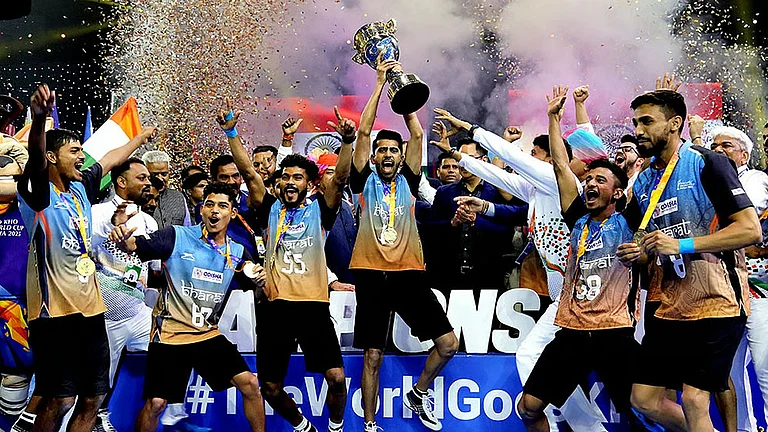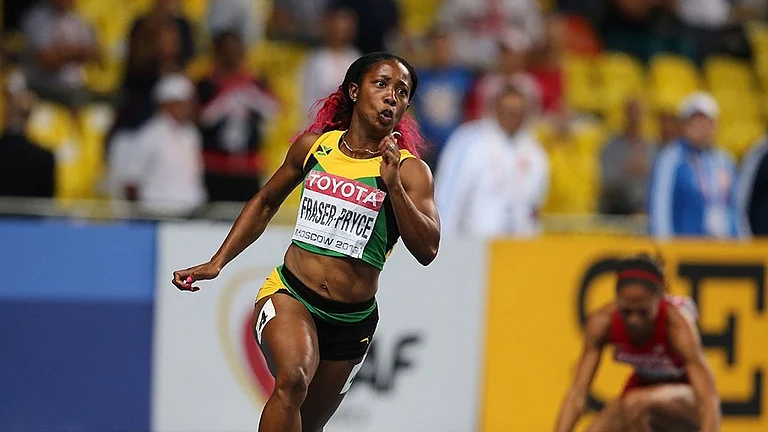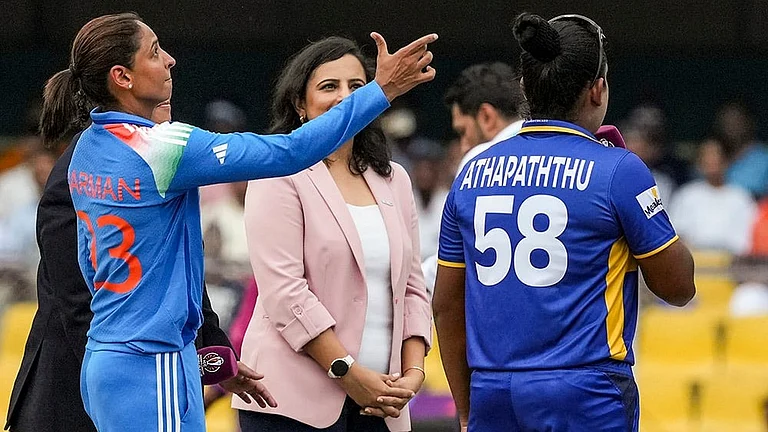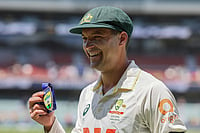When Jagjit Singh landed in Bombay in 1965 he was hoping to sing for films, to join the ranks of Mohammed Rafi, whom he adored, and other playback singers. He had no intention of becoming a ghazal singer that he eventually became, the king of concert halls across the globe. Like thousands of other Bollywood hopefuls before and after him, he went knocking on doors. Music director Madan Mohan and others encouraged him. He was invited to perform at parties in the presence of Raj Kapoor, Raj Khosla and other film-makers, but no offers came his way.
The problem was that the young man from Jalandhar had arrived on the scene a little too late. Soft, tender melodies, the forte of singers like Talat Mahmood, were going out of fashion. Led by O.P. Nayyar, music directors brought a successful new beat to film songs, jazzy and westernised. But Jagjit did not give up. He slept in cheap, thirty rupees-a-month rooms. He sang in music clubs, where his repertoire of bawdy Punjabi songs he had picked up in college, found an appreciative audience. He sang at weddings and he did advertising jingles for the radio. That is how he first met his future wife. Chitra Dutta was married to a successful executive but the marriage was on the rocks. Her husband was seeing another woman and wanted a divorce.
Six months after arriving in Bombay, Jagjit Singh got his first break. HMV invited him to record two of his ghazals that appeared on one side of a small disc, with two songs of another singer on the other side. Now, he took a major decision. He was a Sikh and he decided that his prospects would improve if he removed his long hair, beard and the turban. When his father heard of it back in Punjab, he was livid. It took him another ten years before he hit the jackpot with the release of the hugely successful album, The Unforgettables. He shared the songs with Chitra, who was by now his wife. The title of this book, Baat Niklegi Toh Phir, comes from an opening nazm in that album. Jagjit had brought a new approach to ghazals. He made them cool by introducing western instruments and stereophonic recording. The lyrics were more accessible to those unfamiliar with the intricacies of Urdu.
Requests for live performances now began pouring in. The husband and wife team filled up Carnegie Hall in New York and Royal Albert Hall in London. Film producers who had once shunned him now invited him to provide his services on his own terms. He composed and sang for Mahesh Bhatt’s Arth and Gulzar’s television series on Mirza Ghalib. He produced an album, Sajda, with Lata Mangeshkar who, years earlier, had snubbed Chitra by walking out on her as soon as she started singing at a private function. Altogether, Jagjit Singh cut more than eighty albums in his career.
Tragedy struck when their son, Vivek, died in a car accident a month short of his eighteenth birthday. Chitra, in particular, was devastated and retreated into a shell. She never performed again. Jagjit took to the bottle. Soon afterwards, Monica, Chitra’s daughter from her earlier marriage, committed suicide. Jagjit Singh died in October 2011 following a stroke. He was certainly the most commercially successful ghazal singer of his time. The jury is still out on who was the best of his contemporaries, among them Ghulam Ali and Mehdi Hassan. Sathya Saran’s book is a homage to the great singer. She is in awe of the man. I would have preferred a biography that gave us a more objective appraisal of Jagjit Singh the person and singer. Still, this is an engaging book, handsomely produced.






















